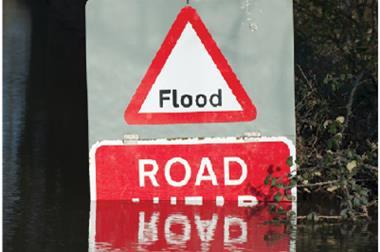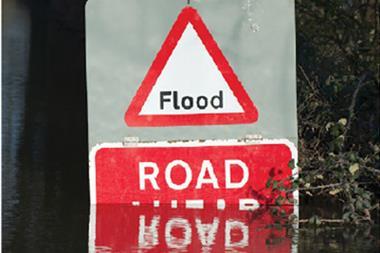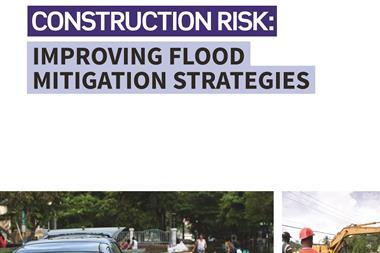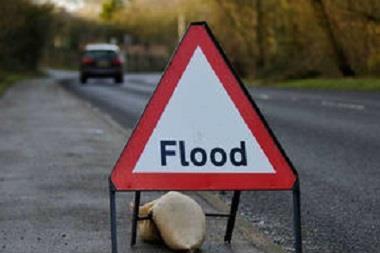New global flood map will help companies identify their global flood risk

Flood risk is being underestimated, particularly in the business world, says Russ Kirby, group manager, account engineering at FM Global, as the insurer launches its interactive Global Flood Map.
Kirby believes companies can get “bogged down in the probabilities and the terminology – is this a 1 in 100 year event or a 1 in 500 year event?”
“People can get sort of blasé about some of those numbers and wonder if it will really happen to them, and then sadly if it does then they know it can. I think FM Global’s new tool can bring some of that awareness to the table. As a resilient business with a resilient supply chain, here’s a tool that will help you identify those flood hazards,” he says.
The Global Flood Map provides a worldwide view of high- and moderate-hazard flood zones across the globe, even in areas where previously available information was unreliable, inconsistent or non-existent, including previously uncharted territories in Africa, Asia, Europe and South America.
“Flood is one of the costliest commercial property risks, and it’s only getting worse with climate change, globalisation and urbanisation,” said Brion Callori, senior vice president and manager, engineering and research at FM Global. “Companies with properties anywhere in the world can now quickly identify the base flood risk for all of their facilities on a globally consistent, apples-to-apples basis, at a resolution of just 90 metres by 90 metres.”
The Global Flood Map can help businesses identify their flood risk, after which they can assess what the potential damage and cost of a flood event would be. Kirby says businesses then need to decide if that is a risk they are prepared to accept or if they want to mitigate it.
“Just because you’re in a flood zone, that doesn’t mean you have to just see this as fait accompli. You can take measures to protect your building and to make it more resilient: you can build barriers, you can elevate key equipment, you can move stock into a higher area, you can have a response plan. All of these things will help a company recover quicker and reduce their loss if and when a flood happens. But the only way you get to that point is if you have the data in the first place to make those decisions.”




















No comments yet